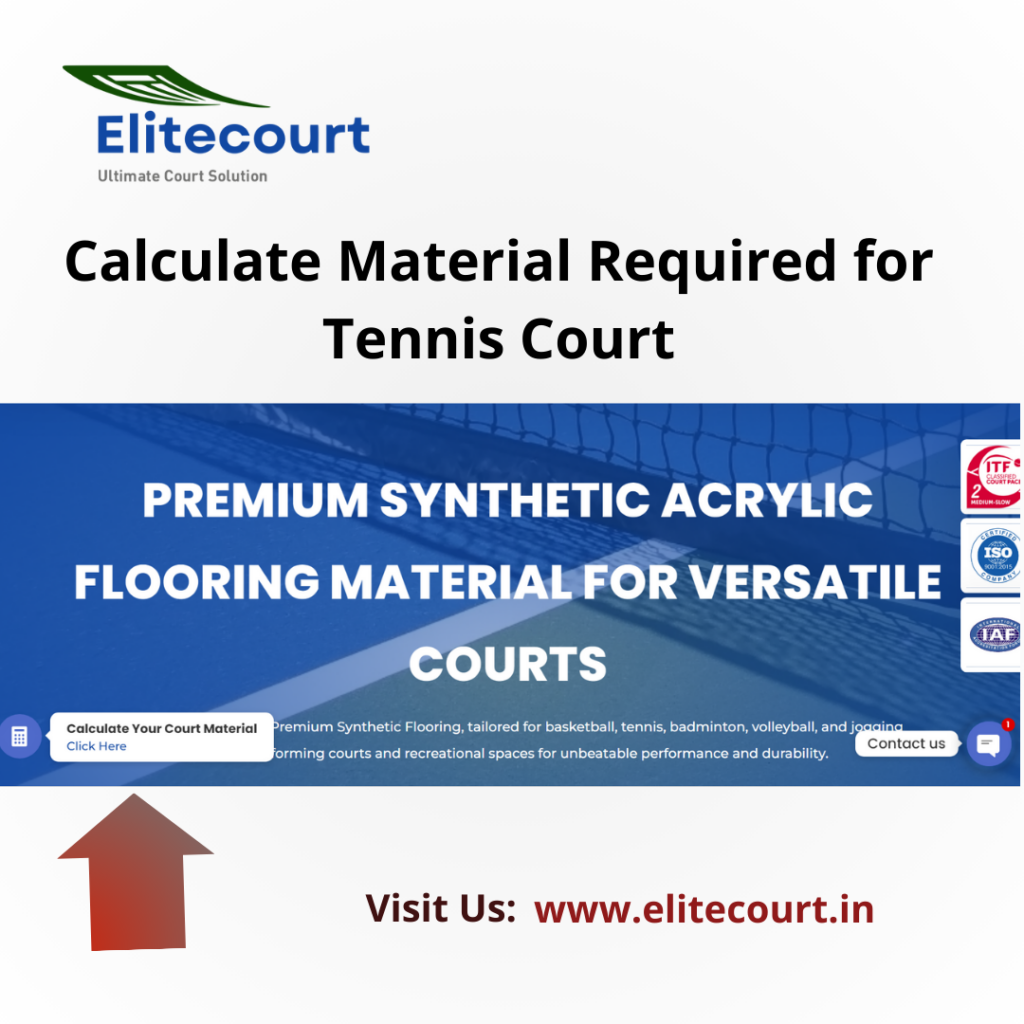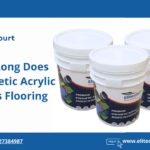Introduction
Planning to build a tennis court involves precise calculation of materials to ensure durability and performance. From the surface type to the fencing materials, each component plays a crucial role in the court’s construction.
Understanding Tennis Court Components
A tennis court comprises several essential components, including the playing surface, base layers, net posts, and fencing. Each component requires careful consideration during the planning phase to achieve optimal results.

Calculating Tennis Court Surface Materials
The choice of tennis court surface impacts the game play and maintenance requirements significantly. Here’s a breakdown of the most common surface types:
Types of Surfaces
When selecting the surface type for your tennis court, factors such as climate, maintenance, and player preference come into play.
Acrylic Surfaces
Acrylic surfaces are popular due to their durability and versatility. They provide a consistent bounce and are relatively low-maintenance, making them ideal for both residential and professional courts.
Clay Surfaces
Clay courts offer a unique playing experience with slower ball speed and reduced impact on joints. They require specialized maintenance but are favored by many players for their forgiving surface.
Artificial Grass Surfaces
Artificial grass courts mimic the look and feel of natural grass without the extensive maintenance. They provide a consistent play surface year-round and are resilient to weather changes.
Estimating Tennis Court Base Materials
The base layers of a tennis court provide stability and support for the playing surface above. Understanding the different materials used in the base construction is essential:
Base Layers Explained
The foundation of any tennis court, the base layers, consists typically of gravel, sand, and sometimes concrete. Each layer serves a specific purpose in ensuring the court’s longevity and performance.
Gravel and Sand Base
A well-prepared gravel and sand base allows for proper drainage and prevents the surface from cracking. It provides a stable foundation for the court and contributes to its overall resilience.
Concrete Base
In some cases, especially for high-use or professional courts, a concrete base may be used to enhance durability and stability. Concrete bases require precise pouring and leveling to achieve optimal results.
Determining Other Materials
Aside from the playing surface and base layers, other materials like net posts and fencing contribute to the functionality and aesthetics of the tennis court:
Net Posts and Fencing
Choosing the right materials for net posts and fencing depends on factors such as budget, aesthetics, and durability requirements.
Materials for Net Posts
Net posts are typically made from durable metals like steel or aluminum to withstand outdoor conditions. They should be securely anchored to ensure the net remains taut during play.
Fencing Options
Fencing around a tennis court provides privacy, safety, and defines the court’s boundaries. Options range from chain-link fencing for practicality to decorative options that enhance the court’s appearance.
Conclusion
Accurately calculating the materials required for a tennis court is essential for successful construction. By understanding the components and their specific requirements, you can ensure that your tennis court not only meets but exceeds expectations in terms of performance and durability.
This blog post provides a comprehensive guide to calculating materials for a tennis court, catering to both DIY builders and professional contractors.







0 Comments